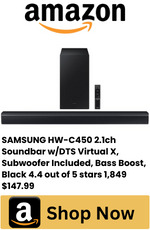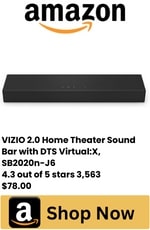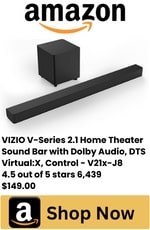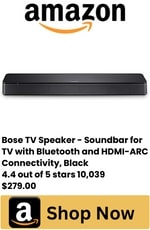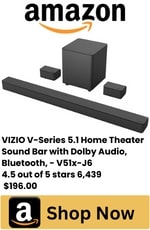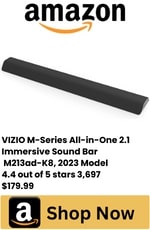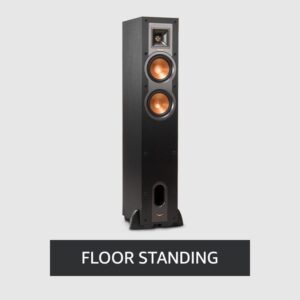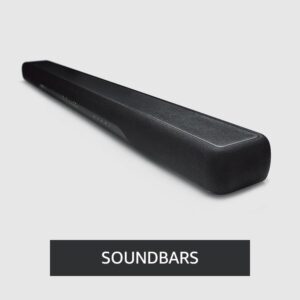Silver Projector Screen Vs White Screen | Choosing the Perfect Canvas
When creating the ultimate cinematic experience in your home theater, one crucial decision can make or break the show: choosing between a silver projector screen and a white screen. Both options have their advantages and drawbacks, so it’s essential to understand the nuances before you hit play on your favorite film.
In this article, we’ll take a deep dive into the silver projector screen and the white screen, comparing their features, pros, and cons to help you decide which canvas for your visual masterpiece.
Table of Contents
Silver Projector Screen Vs White Screen
| Feature | Silver Projector Screen | White Screen |
| Brightness & Contrast | Enhanced | Natural |
| Ambient Light Performance | Excellent | Challenging |
| 3D Projection | Excellent | Reduced Brilliance |
| Viewing Angle | Limited | Wide |
| Cost | Higher | Budget-Friendly |
The Silver Screen: Unveiling Its Brilliance

Shimmering Brilliance
Imagine the allure of a silver screen that adds a touch of elegance to your home theater. Silver projector screens are known for their remarkable ability to enhance the brightness and contrast of your projected images. Thanks to their reflective properties, they can make even the darkest scenes pop with clarity and brilliance.
Ambient Light Friendliness
Silver screens also have an edge when it comes to handling ambient light. They maintain picture quality, even in rooms with less-than-ideal lighting conditions. This means you can enjoy your favorite movies or sports events without drawing the curtains or turning off every light in the house.
Optimal for 3D Projection
If you’re a fan of 3D movies, a silver projector screen is your best friend. It ensures that the 3D effects appear sharp and immersive, elevating your movie-watching experience to a whole new dimension.
However, silver screens are not without their drawbacks:
Limited Viewing Angle
One of the primary drawbacks of silver screens is their limited viewing angle. If your seating arrangement varies widely in angle or distance from the screen, some viewers might experience color shifts or reduced image quality.
Higher Cost
Silver projector screens tend to be more expensive than their white counterparts. If you’re on a budget, you might need to think twice before choosing the silver option.
The White Screen: A Timeless Classic

Natural Colors
White projector screens have been a staple in home theaters for a long time and for a good reason. They deliver natural and accurate colors, making them an excellent choice for purists who value color fidelity. If you’re a cinephile who prefers the director’s vision to be presented without any enhancements, a white screen may be your go-to choice.
Wide Viewing Angle
White screens offer a wider viewing angle, ensuring everyone in your home theater gets a consistent and enjoyable viewing experience. Whether you’re sitting dead center or on the periphery, you’ll still enjoy vibrant colors and sharp images.
Budget-Friendly Options
Compared to silver screens, white screens are generally more budget-friendly. This makes them a practical choice for those who want a quality screen without breaking the bank.
However, white screens do have their limitations:
Challenging with Ambient Light
White screens might struggle to maintain picture quality in rooms with ambient light. They are more susceptible to washout and glare, which can be distracting during your movie nights.
Reduced 3D Brilliance
If you’re a 3D enthusiast, white screens may not provide the same level of brilliance and depth as silver screens. You might miss out on the full 3D experience.
Conclusion
There’s no one-size-fits-all answer in the battle between the silver projector screen and the white screen. Your choice ultimately depends on your preferences, budget, and the characteristics of your home theater room.
If you crave the wow factor, have a penchant for 3D, and don’t mind investing a bit more, the silver projector screen might be your ticket to a dazzling cinematic experience. On the other hand, if you prioritize color accuracy, have a limited budget, or need a screen for a room with controlled lighting, the classic white screen is a reliable choice.
So, whether you opt for the shimmering brilliance of silver or the timeless charm of white, your home theater will be your oasis of cinematic delight. It’s all about creating the perfect canvas for your visual masterpiece, so sit back, relax, and enjoy the show!
Choose your screen wisely, and let the movie magic begin!
FAQs
Q1: Which type of screen is better for watching movies in a well-lit room with windows?
A1: A Silver Projector Screen is the better choice if your home theater room has windows or is prone to ambient light. Silver screens handle ambient light, ensuring you can enjoy your movies without compromising on picture quality.
Q2: Do Silver Projector Screens work well for 3D movies?
A2: Yes, Silver Projector Screens are excellent for 3D projection. They enhance the brightness and contrast of 3D images, providing a more immersive and vibrant 3D viewing experience.
Q3: Are White Screens more budget-friendly than Silver Screens?
A3: Generally, yes. White Screens tend to be more budget-friendly compared to Silver Screens. A White Screen might be the better choice if you’re looking for a cost-effective option without sacrificing quality.
Q4: Do Silver Screens have a limited viewing angle?
A4: Yes, Silver Projector Screens tend to have a limited viewing angle. If you have a home theater with seating arrangements that vary widely in angle or distance from the screen, some viewers may experience color shifts or reduced image quality.
Q5: Which screen type provides a more accurate color representation?
A5: White Screens are known for delivering more natural and accurate colors. If color fidelity is your top priority, a White Screen is the preferred option, as it presents the director’s vision without any enhancements.

Author: Baqarrasheed
I know all about home theater items! I have been doing this for more than three years now. I am good with things like sound systems, TVs, projectors, and all that cool entertainment gear. I like to help folks by testing and talking about these gadgets on Hometheaterjournal. I want to make sure everyone can create an awesome entertainment setup at home without any confusion.
I write the creative content for HometheaterJournal.



